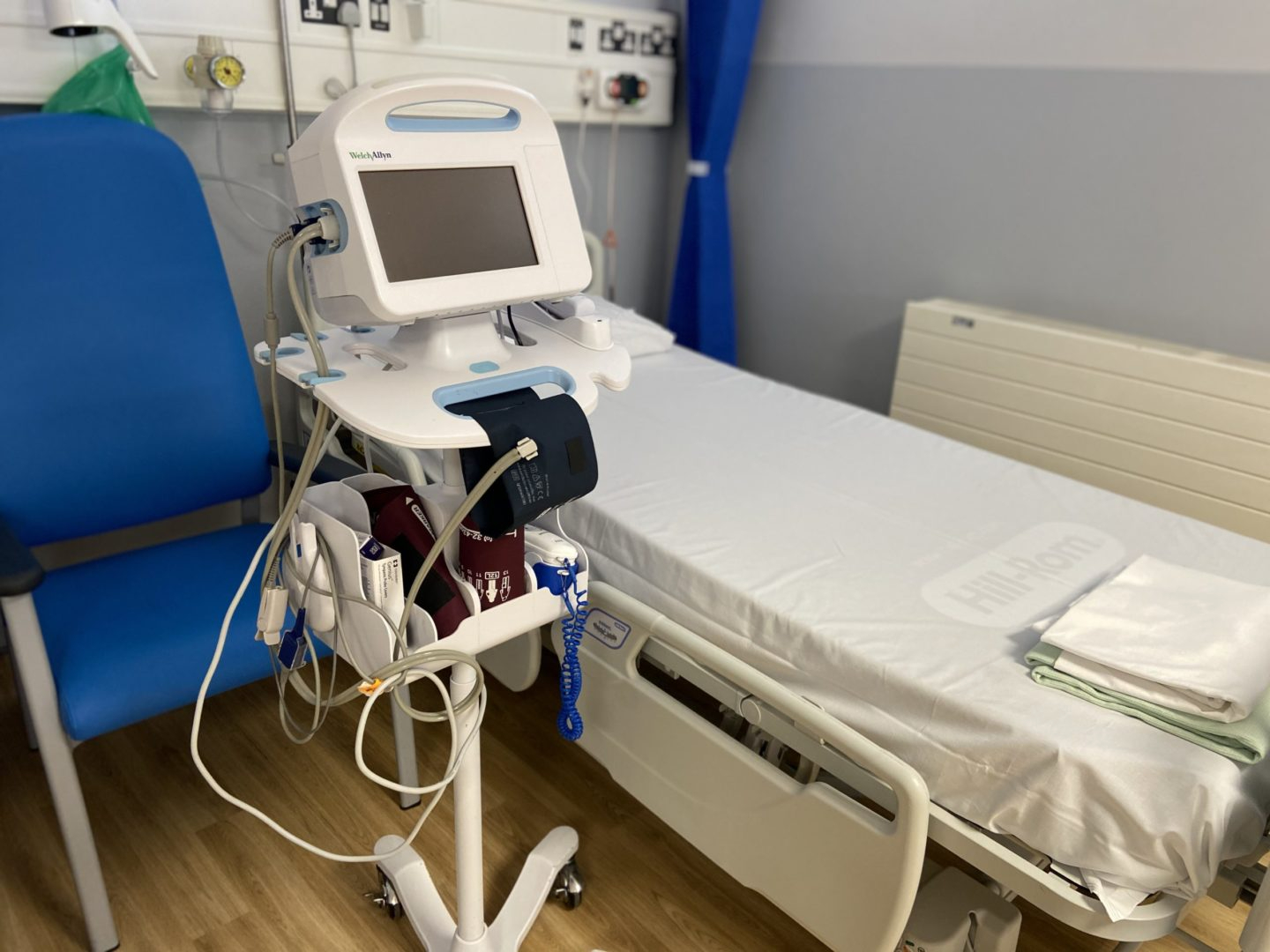Surrey and Sussex Healthcare NHS Trust (SASH) has introduced new technology that automatically measures and record patients’ vital signs at the push of a button, helping doctors and nurses to spot potential issues and begin treatment faster.

On World Patient Safety Day (17 September), SASH is committing to using the latest technology to continuously improve safety for its patients; starting with the new ‘Vitals’ system.
Around 1.5 million vital signs measurements are taken every year at East Surrey Hospital and the other services run by SASH. The measurements, which include blood pressure, heart rate and breathing rate, are an important part of keeping patients safe and were previously either written down or uploaded individually to the Trust’s electronic systems.
The new Vitals system takes many of the necessary measurements automatically before immediately uploading them to the patient’s electronic record, alongside any other data and information added by the clinician. This means more time can be spent at patients’ bedsides.
The new machines provide immediate summaries which will help staff to identify conditions such as sepsis or acute kidney injury quicker.
SASH chief nurse Jane Dickson said: “This is an exciting development for patient safety and it will make a big difference for our patients as well as our nurses and doctors. Previously significant time was spent taking readings, verifying the data and uploading it. This means much of that time can now be spent on acting on what the readings tell us patients need.”
The move is part of the Trust’s focus on providing the safest possible care, with SASH aiming to capitalise on technological advancements to improve patient safety. The Trust has invested in over 170 new machines that are now being used across its inpatient wards and linked directly to its electronic patient record, enabling other clinical experts to review the data more easily.
Michael Wilson CBE, chief executive of SASH, said: “We want to be the safest hospital in the country, and investing in better technology can help us achieve that. This is an important step in making sure we are at the forefront of patient safety and digital advances in healthcare.”
